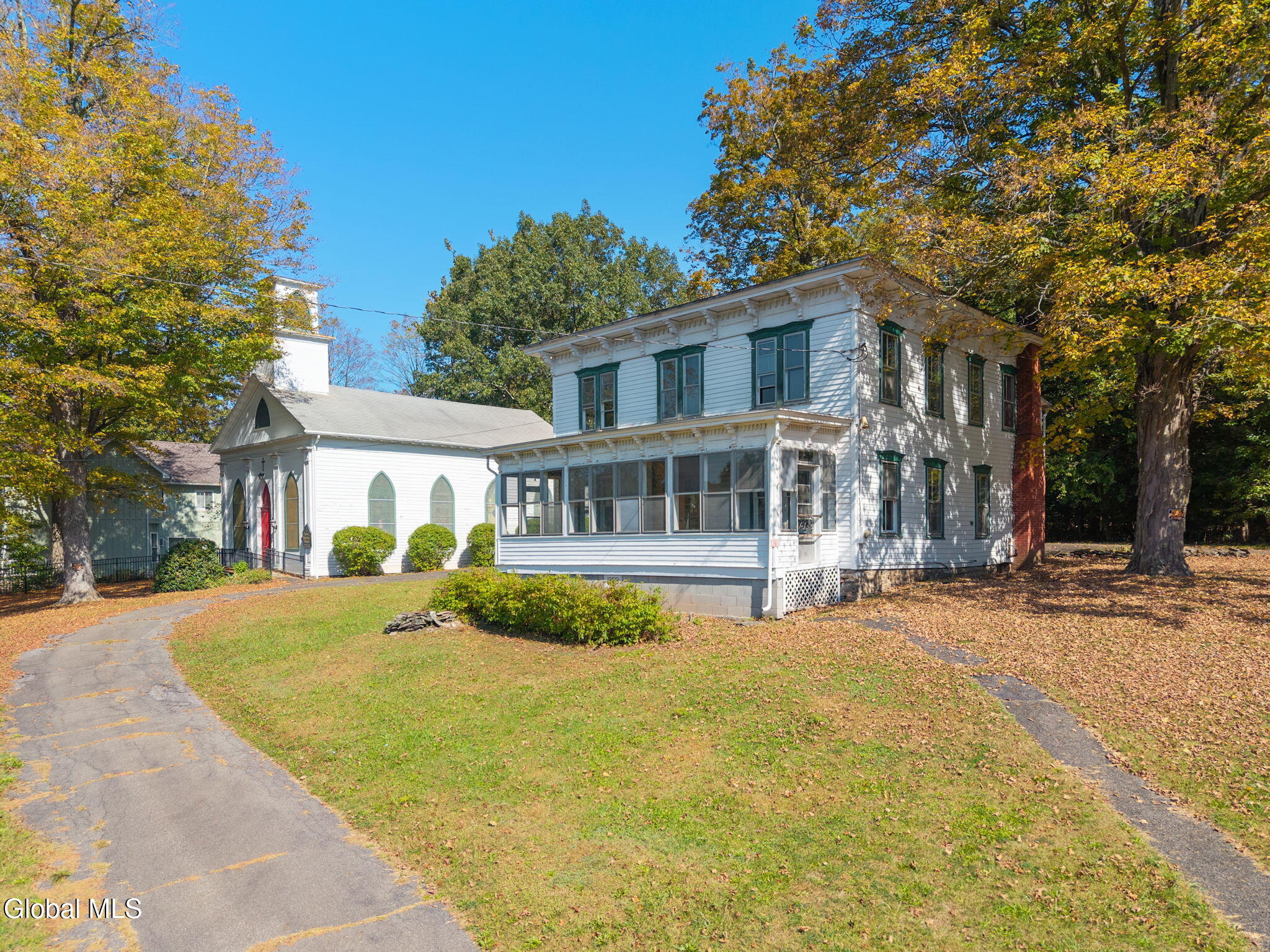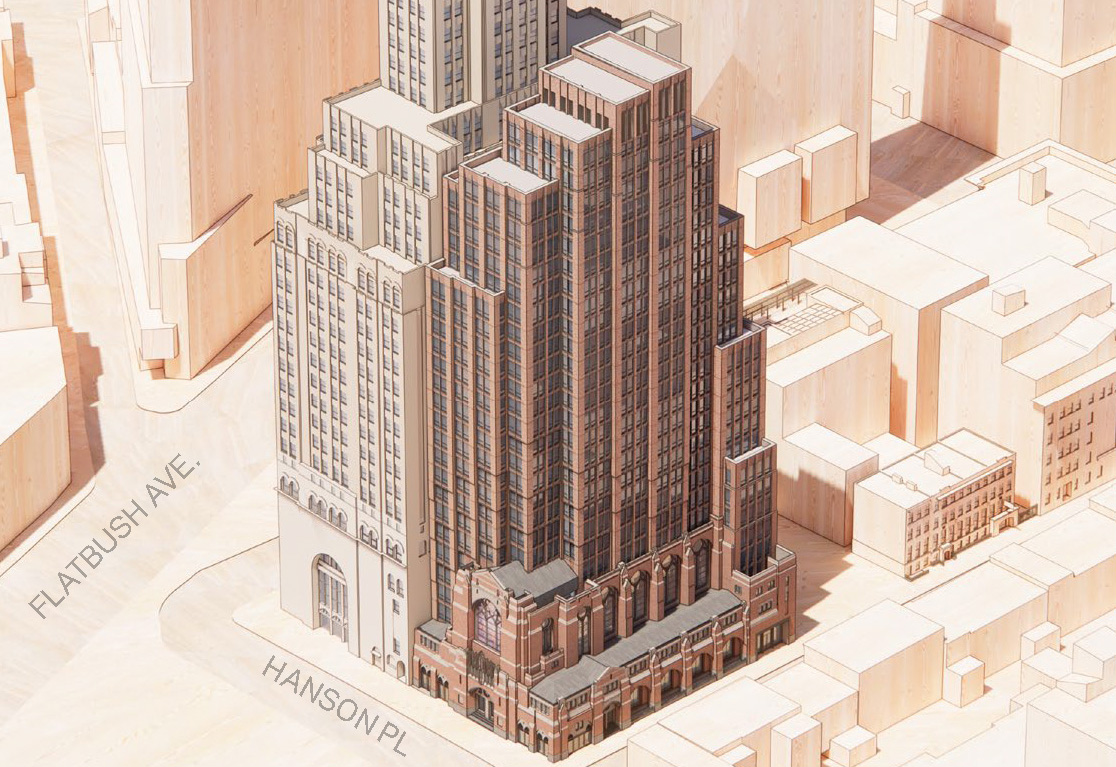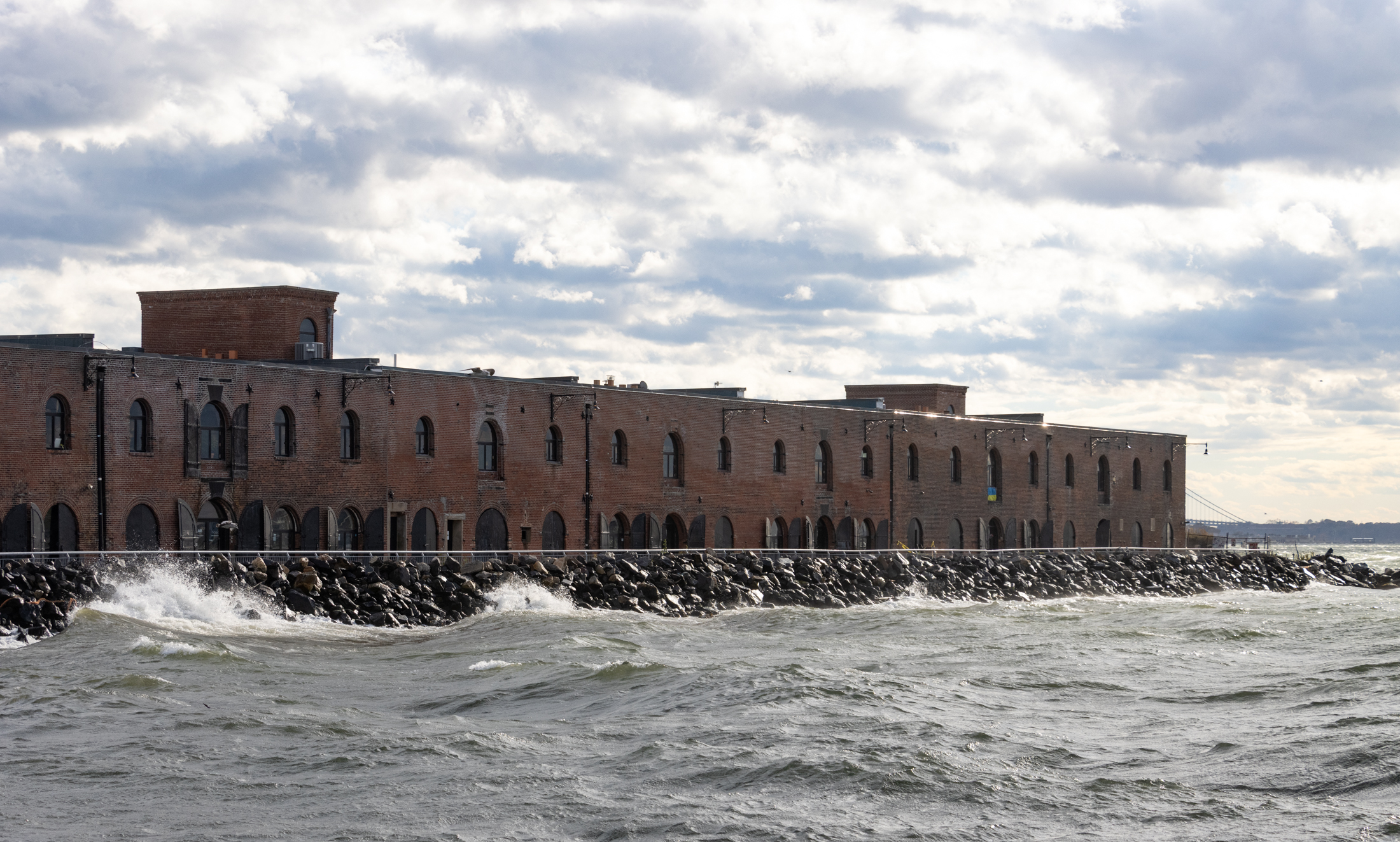Residents Want "21st Century Solution" for BQE
Last night’s meeting of the BQE shareholders was the followup to the previous scare that the reconstruction of the triple-cantilever portion of the BQE could take some historic Brooklyn Heights homes with it. That threat wasn’t on the table last night, but there were serious concerns about how the project, not slated to begin until…


Last night’s meeting of the BQE shareholders was the followup to the previous scare that the reconstruction of the triple-cantilever portion of the BQE could take some historic Brooklyn Heights homes with it. That threat wasn’t on the table last night, but there were serious concerns about how the project, not slated to begin until around 2018, would evolve. There are currently nine proposals for reconstruction, with the cost ranging from $200 million to $20.7 billion. The cheapest plan, which was criticized as a “paint job,” would be a rehabilitation of the current alignment of the BQE. The most expensive plan involves an “outboard tunnel connecting Greenpoint (BQE exit 33) to the north and Sunset Park to the south (65th Street).” All the options are drawn out in the map above, and you can click through to read all of the proposals. The biggest concern in the audience was the actual budget of the plan, which has not yet been determined. The next meeting should happen in about one month and reveal more as to plausible options based on funding. Meanwhile, one member of the audience urged the reps from the State DOT to “stop acting like a 3rd world country” (concerning the simplest of rehabilitation plans) while another said “Rebuilding the 1920s design is absolutely stupid.” Instead the crowd asked for a “21st century solution,” with an audience member saying, “We need to bring Brooklyn to the 21st and 22nd century.”
Heights Homes Could Be Taken in BQE Fix [Brownstoner]
R-1: Rehab with current alignment. Cost: $200-280M
CS-1: Would closely follow the existing alignment to avoid built structures. Cost: $788-988M
T-1: Tunnel with horizontal alignment following Hicks/Henry St. to Tillary. The existing BQE infrastructure would be maintained as a collector-distributor roadway. Cost: $2.28B-2.95B
T-2: Tunnel with horizontal alignment similar to the existing alignment. Cost: $3,61B-4.73B
T-3: Tunnel alignment approximately north of the existing alignment with a subaqueous segment between Atlantic Avenue and Doughty Street. Cost: $4.46B-5.87B
W-1: Tunnel with horizontal alignment approximately following Willow Street to Tillary Street. Cost: $4.45B – 5.79B
W-2: Horizontal alignment would run approximately in a straight line tunnel between BQE exits 24 and 30 – avoiding neighborhoods approximately west of 4th-Lafayette-Washington Avenues. Cost: $4.89B-$6.38B
W-3: Outboard tunnel connecting Greenpoint (BQE exit 33) to the north and Sunset Park to the south (65th Street) Cost: 15.03B-20.7B
W-4: Tunnel with horizontal alignment following 4th Ave, and curve east north of Flatbush Ave to meet the BQE at Exit 30 (Park Ave.) Cost: $6.68B-8.77B





Nokilissa – you may have missed DIBS’s point. The rebuilding in Japan will be done swiftly and efficiently due to the lack of NIMBYism and red-tape checking to see if FUREE are upset by this or a three-year impact study to see if Mrs. Worthington’s Brooklyn Heights rosebeds will be affected. Its got nothing to do with who’s willing to pay taxes.
Ditto, totally disagree with you. No WAY we would even approach 70% in favor of a tax hike ever, for ANY reason. And that was part of my point.
Lech, I definitely wouldn’t say ‘total’, but I would say I’d have a lot to learn, sure. As I’m sure would many of us. But again, it really wasn’t my point.
I Noticed none of you actually spoke to anything substantive in my posts responding to DIBS’ glumly pointing out that Japan would rebuild before we would even break ground. Big shock there.
I doubt tolls would come close to paying for grand schemes such as this on.
$10 to 22 billion is a lot of money (assuming they could actually do it that cheap).
For comparison, the I-10 Katy Freeway project in Houston expanded 22 miles of freeway by an average of 7 lanes including HOT lanes. The total cost was $2.8 billion, including $480 million in right of way purchase.
What about tolling? You could pay for an awful lot of improvements to the BQE with a tolls, including providing express lanes where the toll varies in order to keep it free flowing at all times. It would be a gold mine. HOT lanes are used in California and are under construction in Texas and northern Virginia. Why not here?
I’d rather tolls pay for road improvements rather than my tax dollars.
Noki, your posts demonstrate a total lack of understanding of Japan.
One might argue that the sorry state of this country’s infrastructure and education system qualify as a disaster and thus should be addressed with universally popular tax increases.
Noki – let me “simply point out” that in your cite 68% of the citizens agreed on the condition that ALL the tax revenues went to relief programs. I’d wager if you took a similar poll after a comparable disaster in the US and said ALL the tax increases were going to disaster relief and not foreign aid, wars, welfare, and Vito Lopez’s girlfriend, you’d get a good percentage here too.
Benson, Ain’t “shilling”, simply bringing up something no one on the right ever wants to talk about in a serious way. So when I see comments like that DIBS made above, intended to cast scorn upon us but not intended to FIX the problem in any meaningful way, I react.
Your comments are patronizing and a bit ridiculous. The idea that because “FAR more Japanese politicians are brought down by charges of corruption, usually outright bribes by the powerful construction industry.” means that they have less corruption than we do, is for ME laughable. Just to bring up the most obvious current example, given his public employee mandatory drug testing shenanigans, we have a politician not only not “brought down by charges of corruption” but installed as governor of Florida!
Anyway, I don’t want to fight with you about this. I was simply pointing out that top quality infrastructure, rails, buildings, government health programs etc. must be paid for. And we want all these things but won’t pay for them. And for all your bluster about Japan’s economy being “dead in the water”, they a strong standard of living, including a hybrid system of public and government-subsidized health insurance for all its citizens.
I would fully support the project with a “hamster tube” under water, but my guess is that it would be a dredged trench with prefabricated concrete tunnel segments that are then covered back over. This is by far the most common method of underwater tunnel construction today.